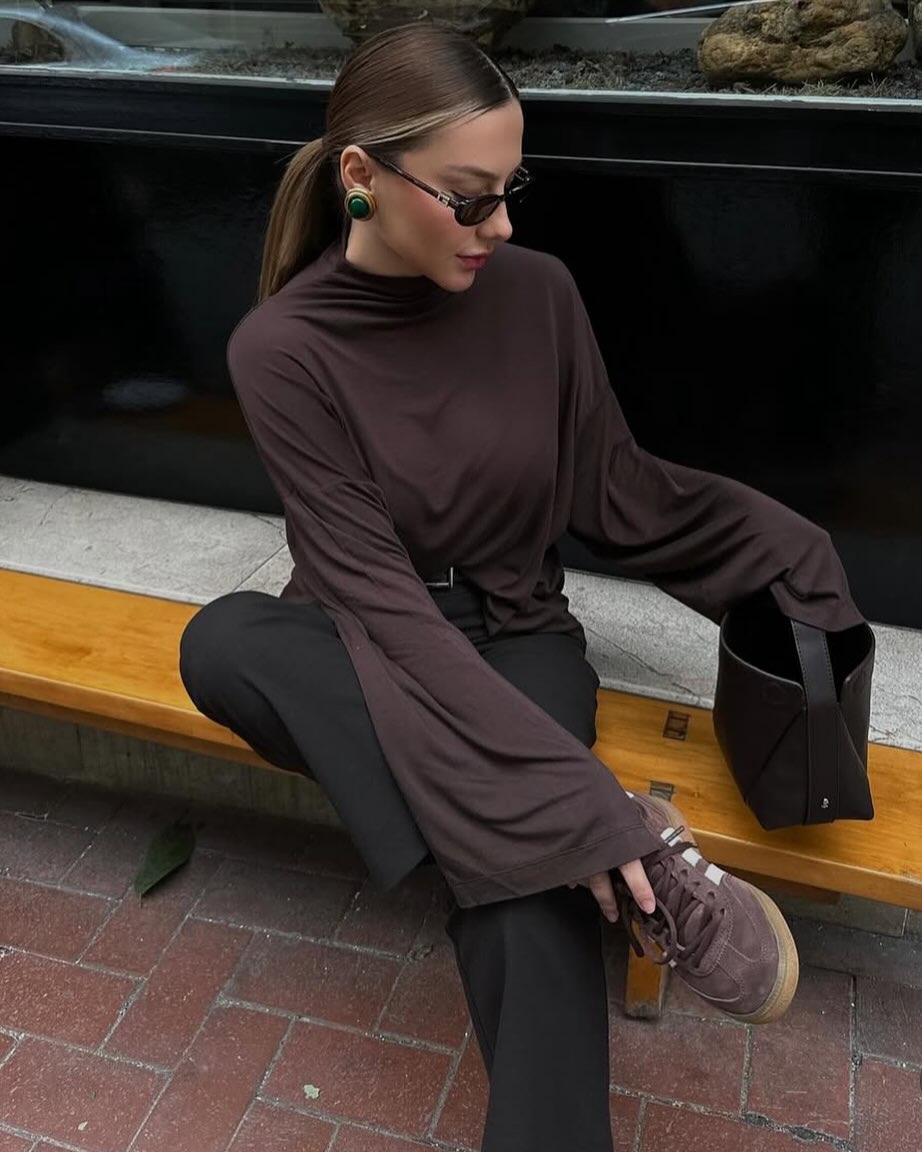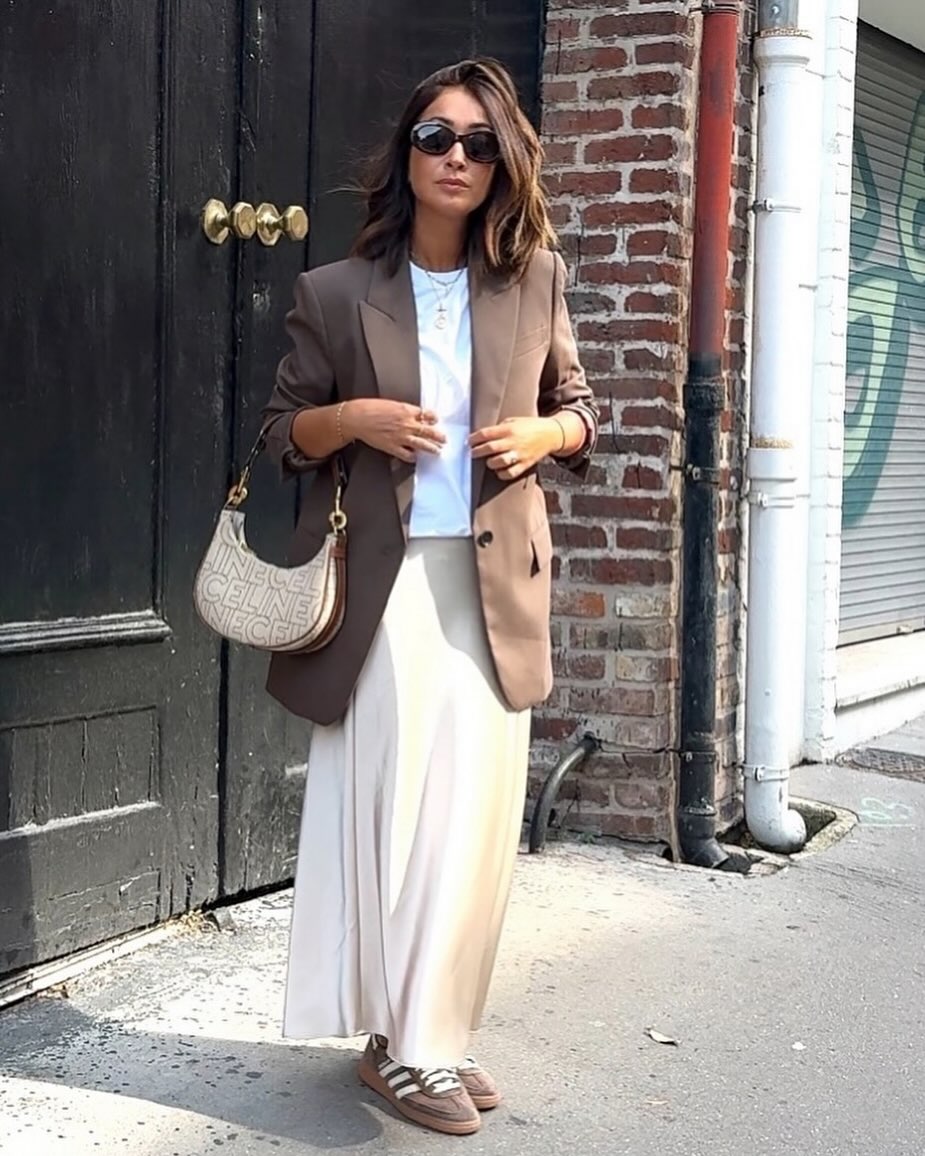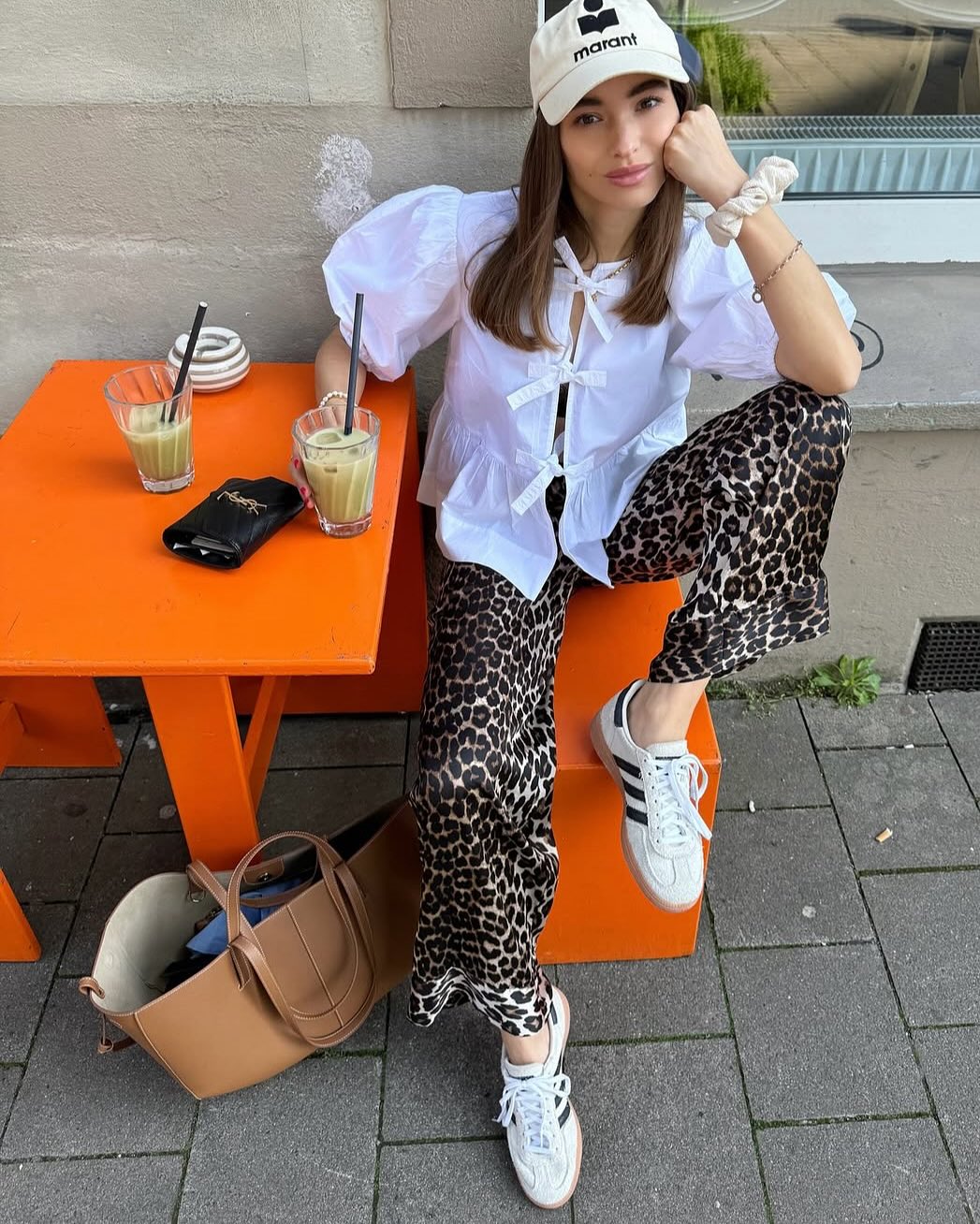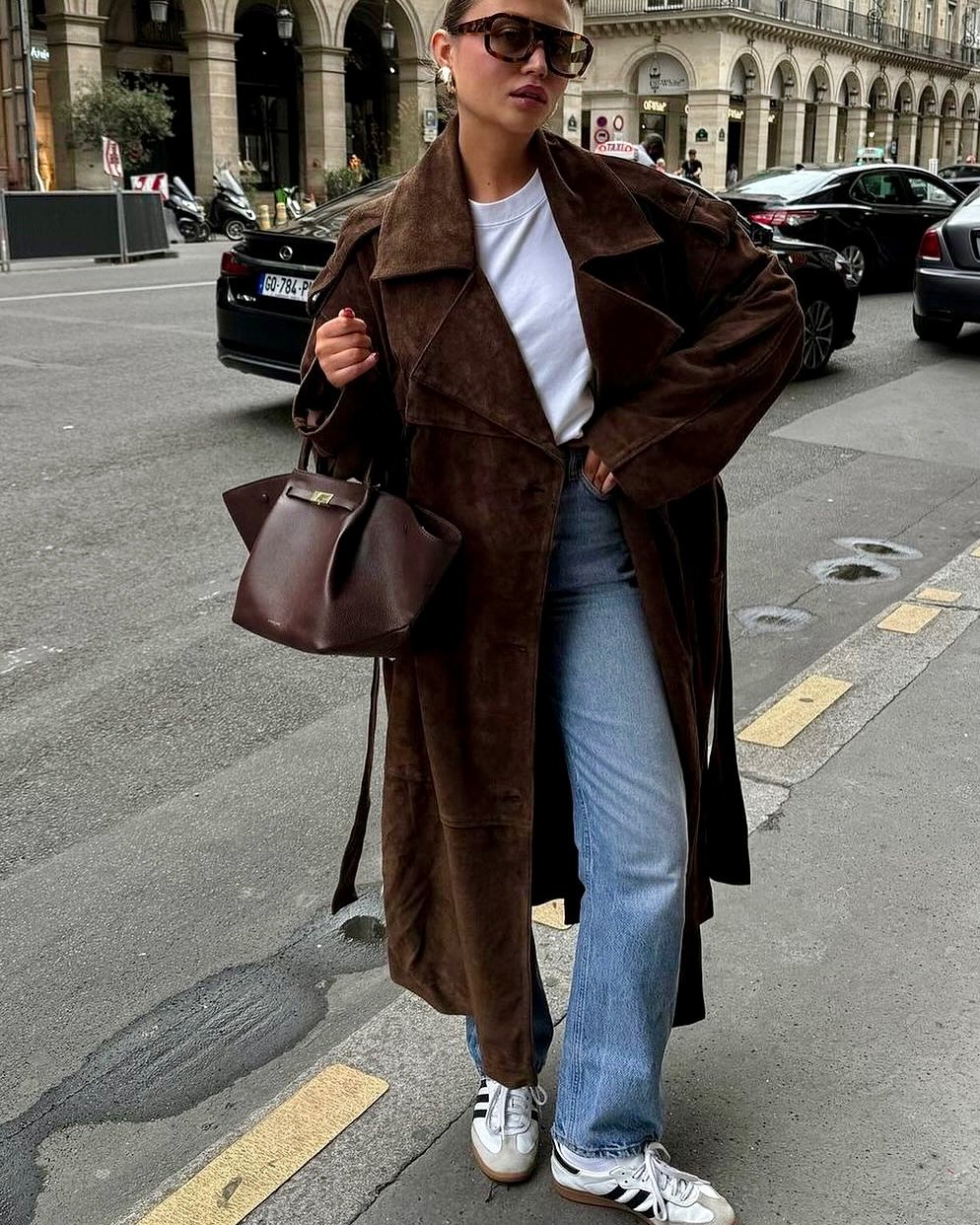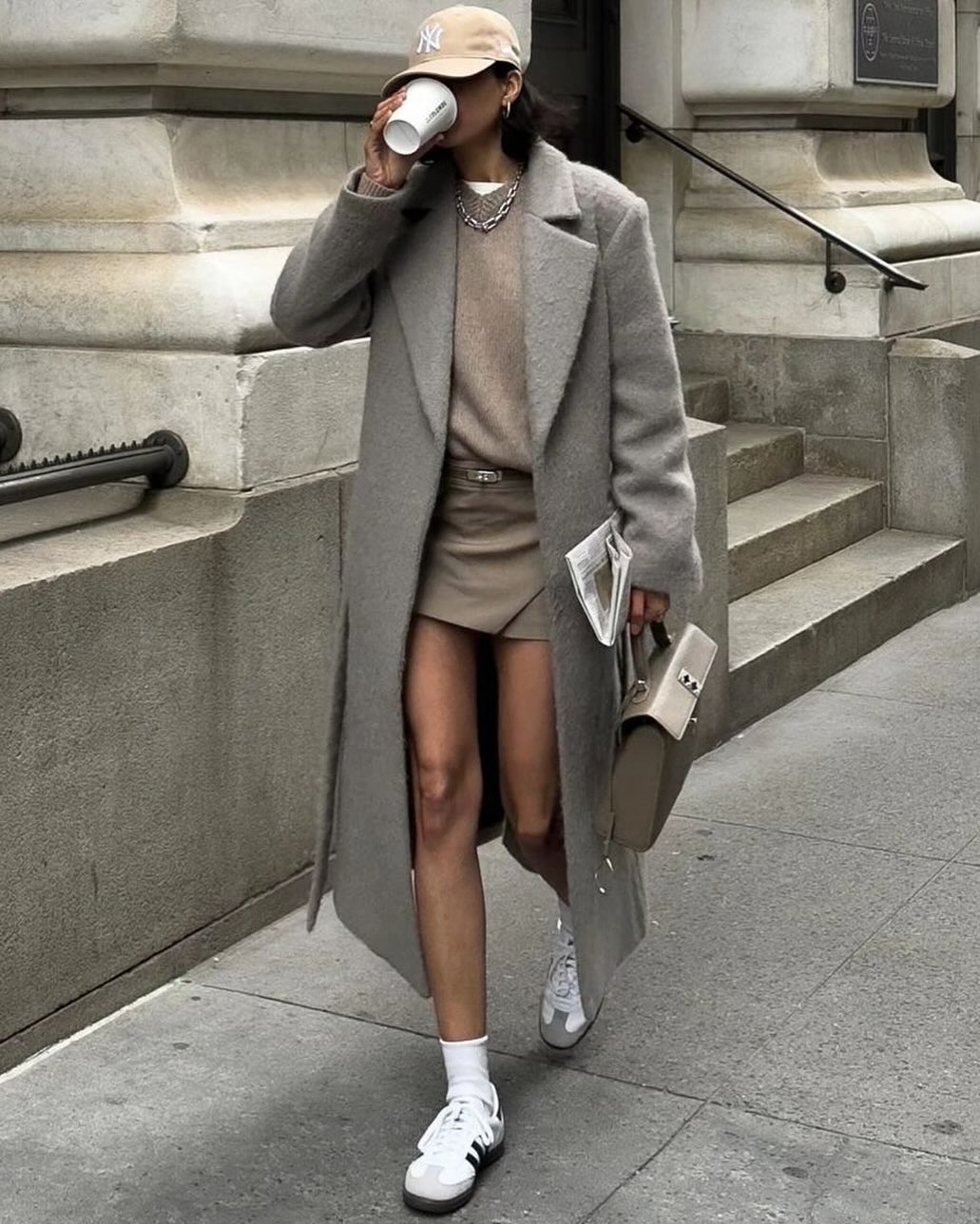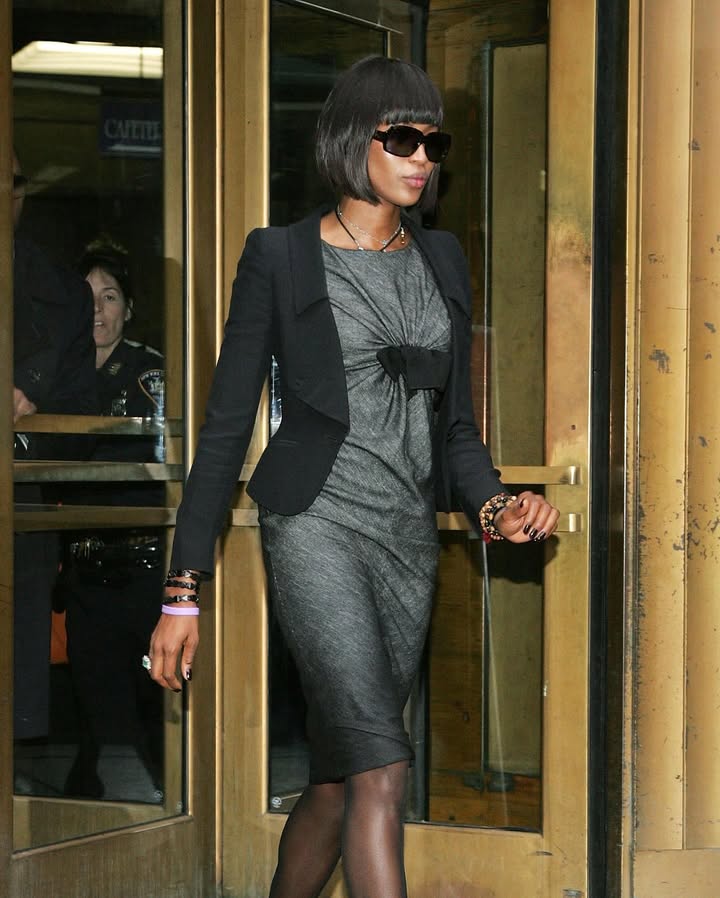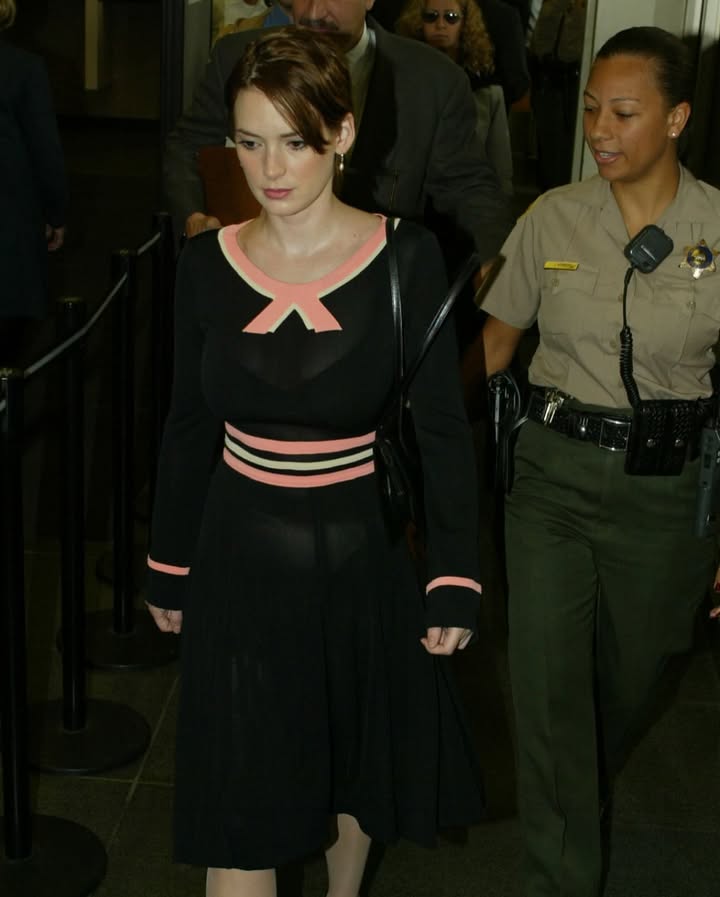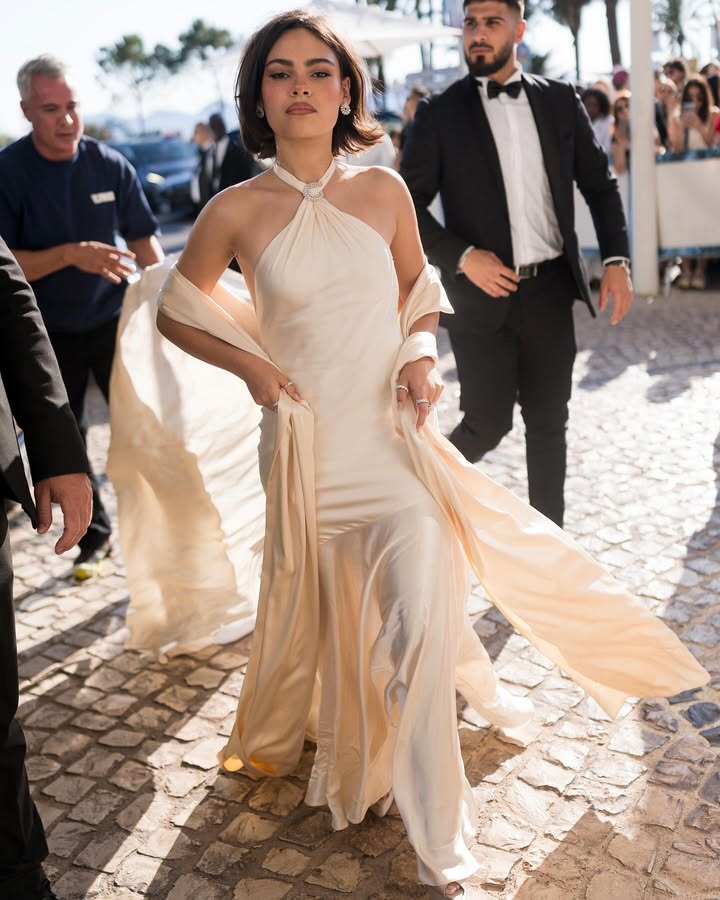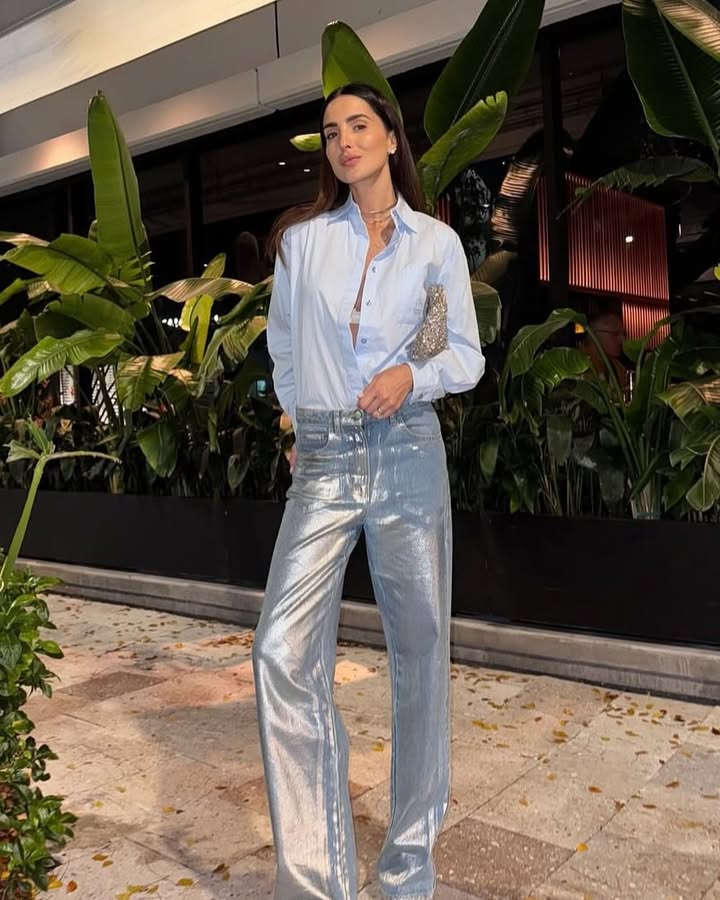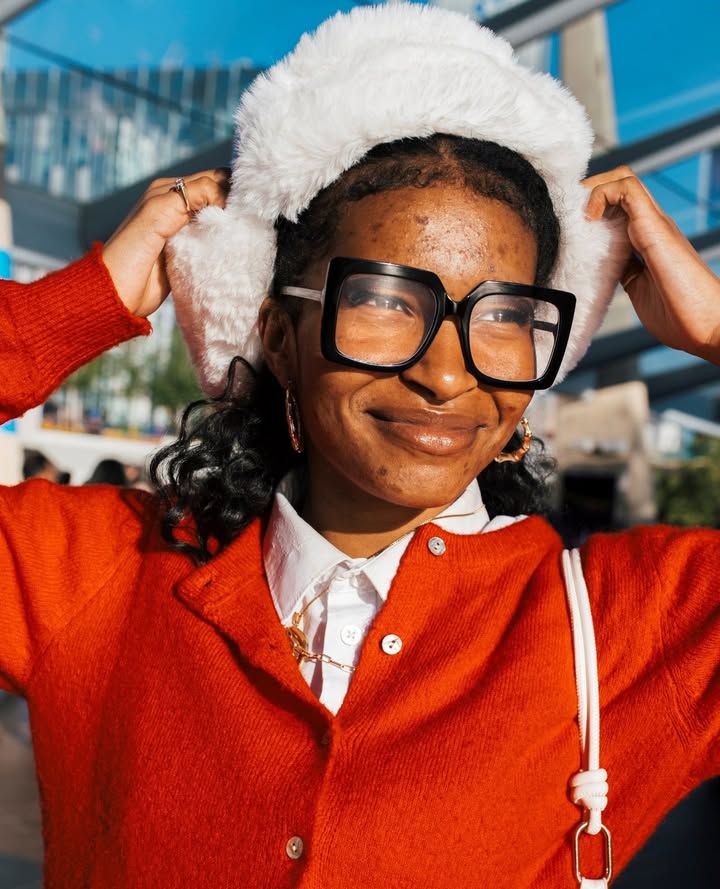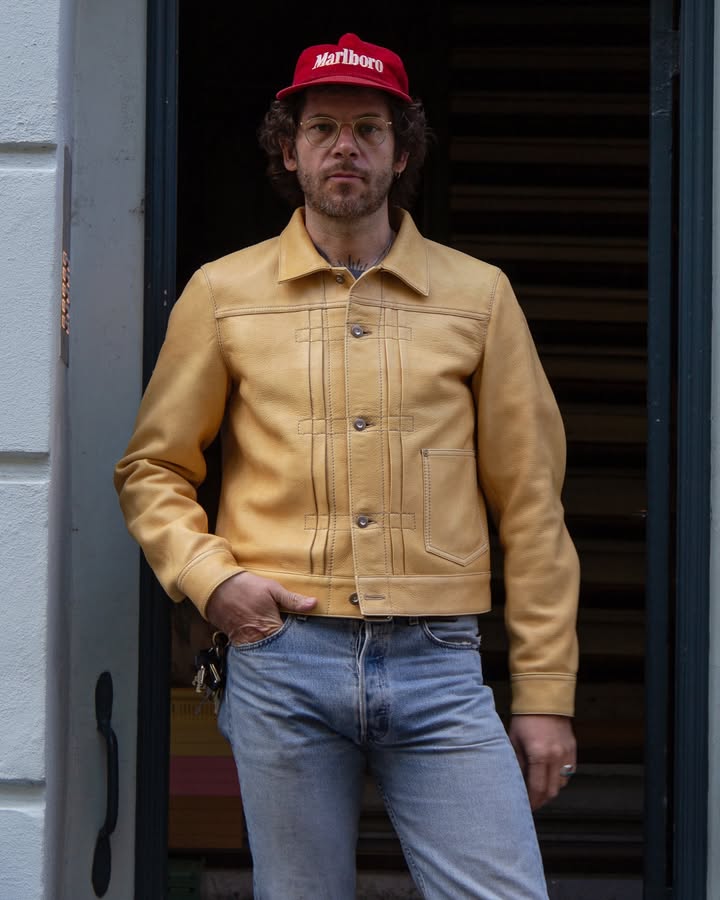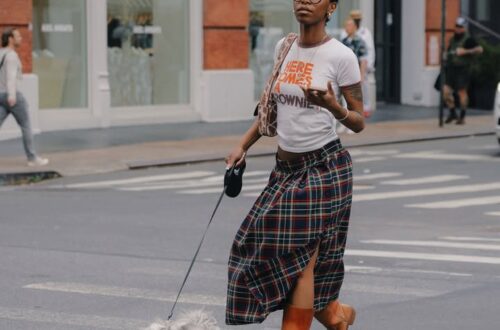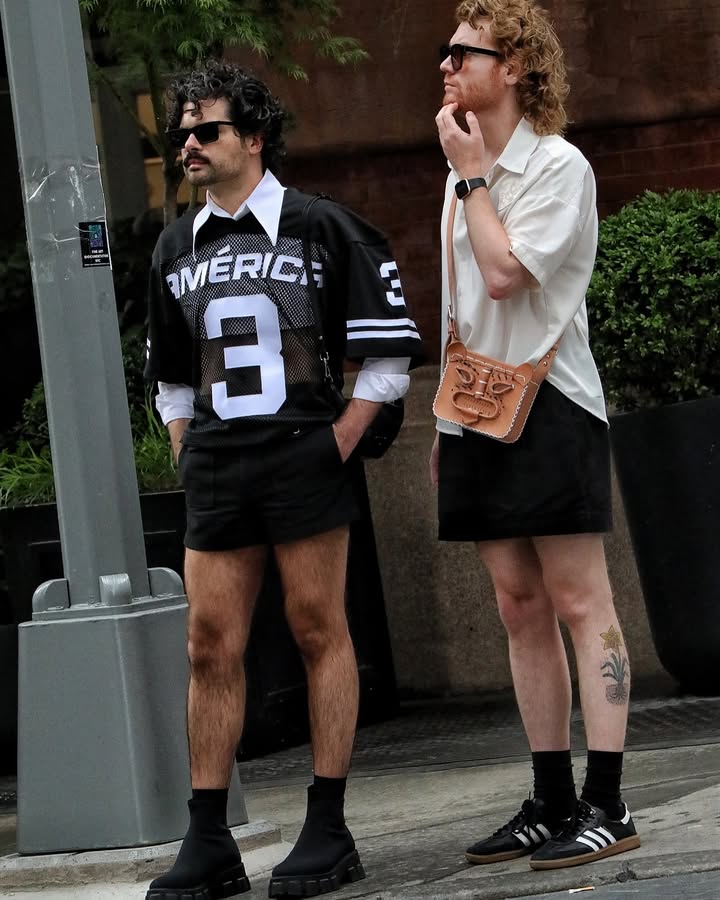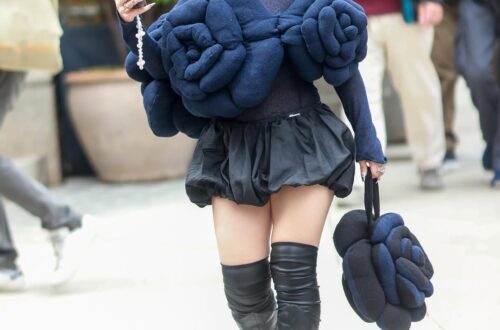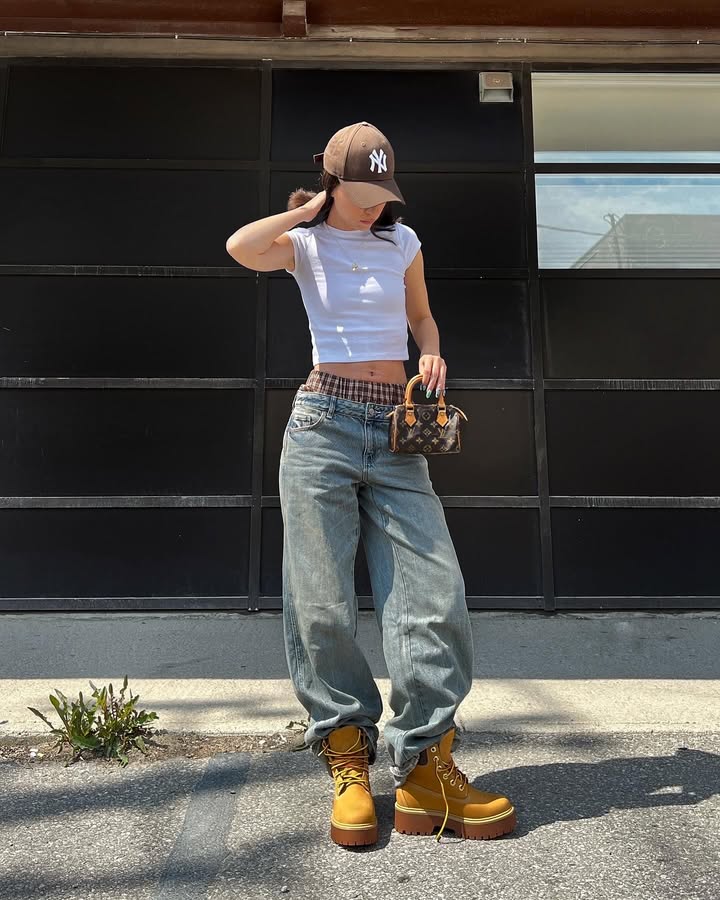
Image Credits Instagram
When looking for streets most talked about for diverse individual fashion styles, it’s less about a single street where discussions happen and more about streets where these styles are showcased and observed. These locations become informal runways and hubs of inspiration, sparking conversations among fashion enthusiasts, photographers, and trend-spotters both on-site and online.
New York City, USA:
- SoHo: Known for its boutiques, pop-up stalls, and diverse array of styles, often mixing high-end with vintage.
- Williamsburg (Brooklyn): Buzzes with second-hand stores and street vendors, reflecting a more bohemian and edgy Brooklyn aesthetic.
- Lower East Side/East Village/Greenwich Village: Historically and currently hotbeds for alternative and independent styles, often drawing from various subcultures like grunge, hip-hop, and artistic expressions.
- Paris, France:
- Le Marais: This historic district is a hub for young designers and vintage outlets, showcasing a blend of retro leather, 90s denim, and perfectly oversized blazers – a less conventional side of Parisian chic.
- While Rue de Rivoli has shops, for truly diverse individual style, you’d find more variety by exploring beyond the main commercial arteries and observing people in fashionable neighborhoods during Paris Fashion Week.
- Lagos, Nigeria (Balogun Market): Lagos street style is vibrant, bold, and characterized by fearless layering and a strong use of color, often incorporating local fabrics and custom-made designs. Balogun Market is a key source for these unique looks.
London, England:
- London is renowned for its eclectic mix of styles, often blending high street finds with high-end items, and showcasing influences from punk, mod, and other subcultures. Its fashion scene is known for individuality and innovation. The streets around London Fashion Week venues are always a prime spot for people-watching and diverse fashion.
- are those where individual expression flourishes, and the discussions about them are amplified through digital platforms and traditional fashion media.
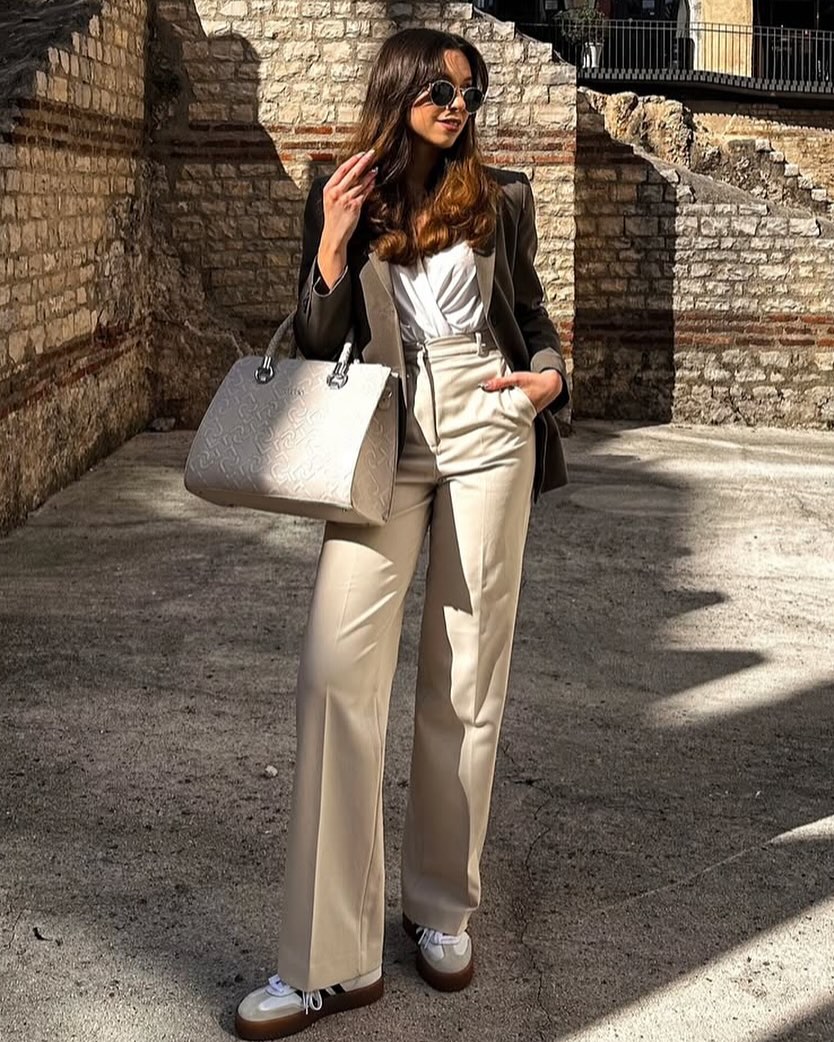
Street style, as a recognized fashion phenomenon, gained significant traction in the 20th century, especially after World War II. It represents a shift from fashion dictated solely by elite designers to a more democratic expression of personal identity from the general population.
Punk Movement (1970s): This era saw a dramatic push towards anti-establishment fashion. The DIY aesthetic, ripped clothing, safety pins, and bold statements associated with punk, pioneered by figures like Vivienne Westwood in London, brought street style into the mainstream consciousness as a rebellious force.
Hip-Hop Culture (1980s-1990s): Originating from urban youth in New York, hip-hop profoundly influenced streetwear. Baggy pants, oversized shirts, baseball caps, gold chains, and iconic sneakers became symbols of this movement. Designers like Dapper Dan customized luxury brands for hip-hop artists, blurring the lines between street and high fashion. Skateboarding and surf cultures also contributed significantly during this period, emphasizing comfort, individualism, and branded accessories.
The Digital Age and Global Influence (2000s-Present): The internet and social media platforms (blogs, Instagram, TikTok) have democratized fashion further, making street style a global phenomenon. Influencers and everyday individuals became as influential as traditional fashion magazines, showcasing diverse styles and rapidly spreading trends. This era has also seen a significant blurring of lines between high fashion and streetwear, with luxury brands increasingly collaborating with streetwear labels. The focus has also shifted towards sustainability, with a rise in thrift shopping, upcycling, and DIY fashion.
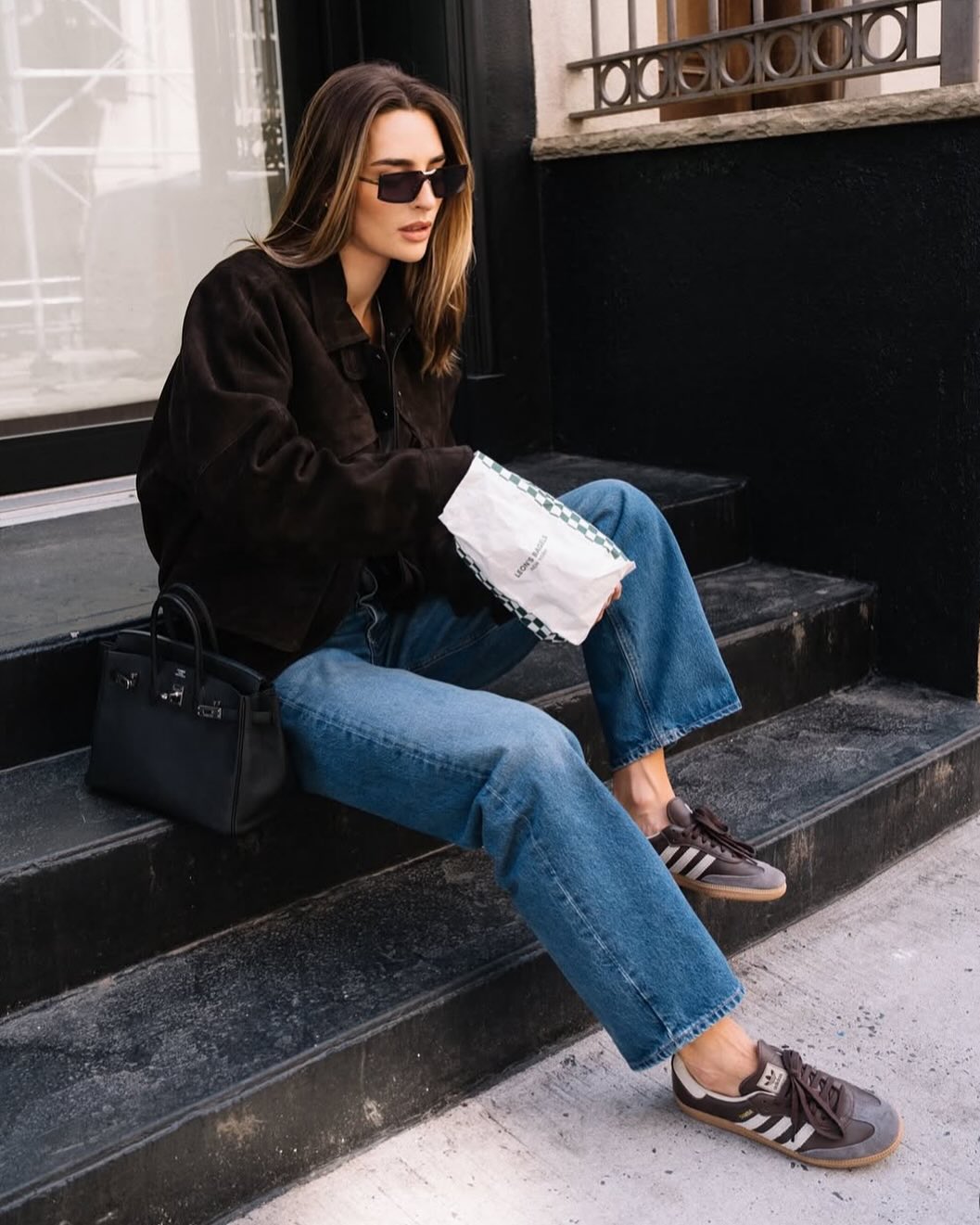
The Evolution of Street Style
Influence on High Fashion: Street style no longer just reflects trends; it actively creates them. Designers and luxury brands now heavily draw inspiration from the streets, leading to collaborations and the adoption of streetwear elements into high fashion collections (e.g., the rise of sneakers in luxury).
Democratization and Inclusivity: Digital platforms have made fashion more accessible and inclusive, showcasing a wider range of body types, genders, and ethnicities. Street style emphasizes individuality, pushing against traditional fashion norms.
Commercialization and Authenticity: While its visibility has grown, some argue that the rise of “influencers” and brand collaborations has diluted the authentic, candid nature of early street style photography, making it more curated and less spontaneous.
Sustainability and Consciousness: A growing awareness of environmental issues has led to a focus on sustainable practices within street style, with a rise in thrift shopping, upcycling, and ethical consumption.
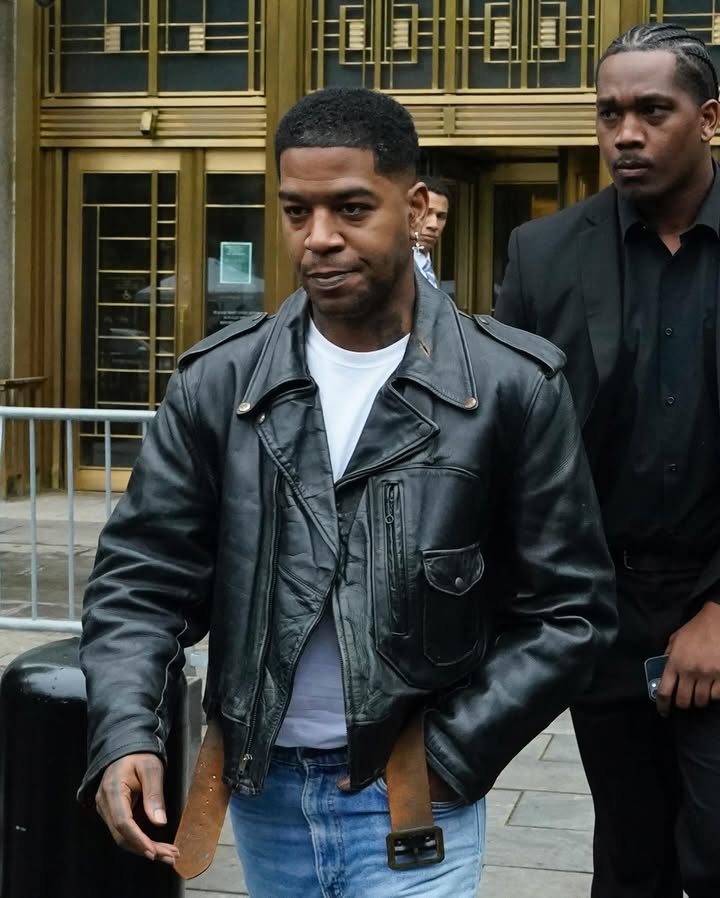
street style is a dynamic reflection of society, constantly adapting, incorporating new influences, and serving as a powerful canvas for self-expression.
Street style significantly influences our friends and family
Social Affiliation and Group Identity: Street style often emerges from subcultures and social networks. When friends adopt similar street styles, it creates a sense of unity and shared identity. This can be seen in “twinning” or coordinated outfits among friends, particularly in youth subcultures, which serves as a visual badge of connection and belonging. Family members might also adopt shared style elements, for example, through color coordination or embracing traditional attire, which strengthens familial bonds and creates a collective identity.
Peer Influence and Conformity: Friends, especially during adolescence, are a major source of influence on clothing choices. People tend to choose fashion products that are trending or used by their friends, often subconsciously deferring to them for reassurance and acceptance. This can lead to a “pack mentality” where individuals feel safer and less criticized if they are part of a group wearing similar styles. This influence can be direct (e.g., explicit recommendations) or indirect (e.g., observing what friends wear).
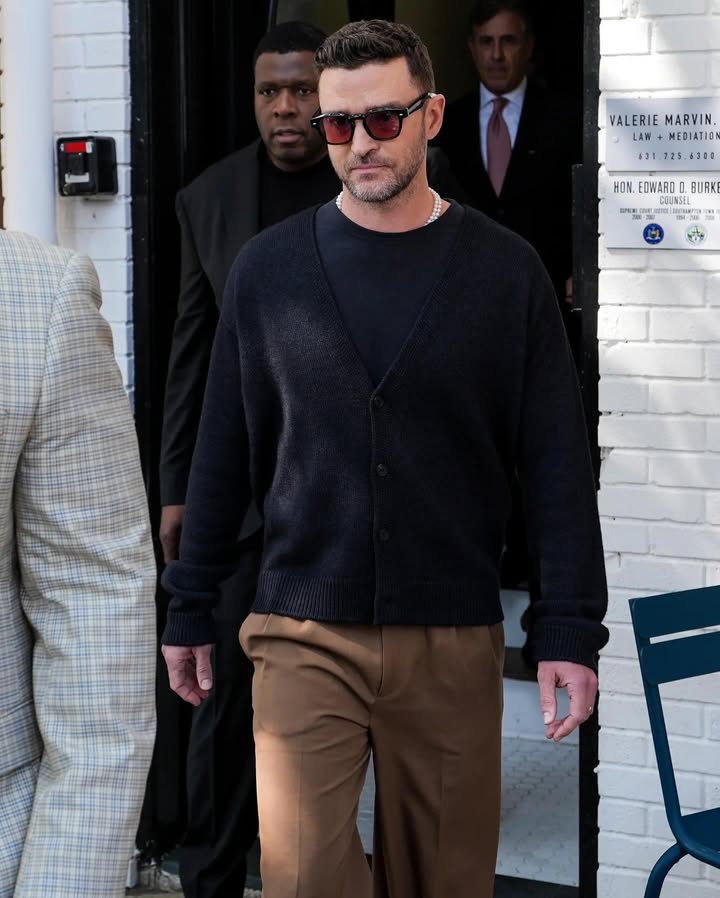
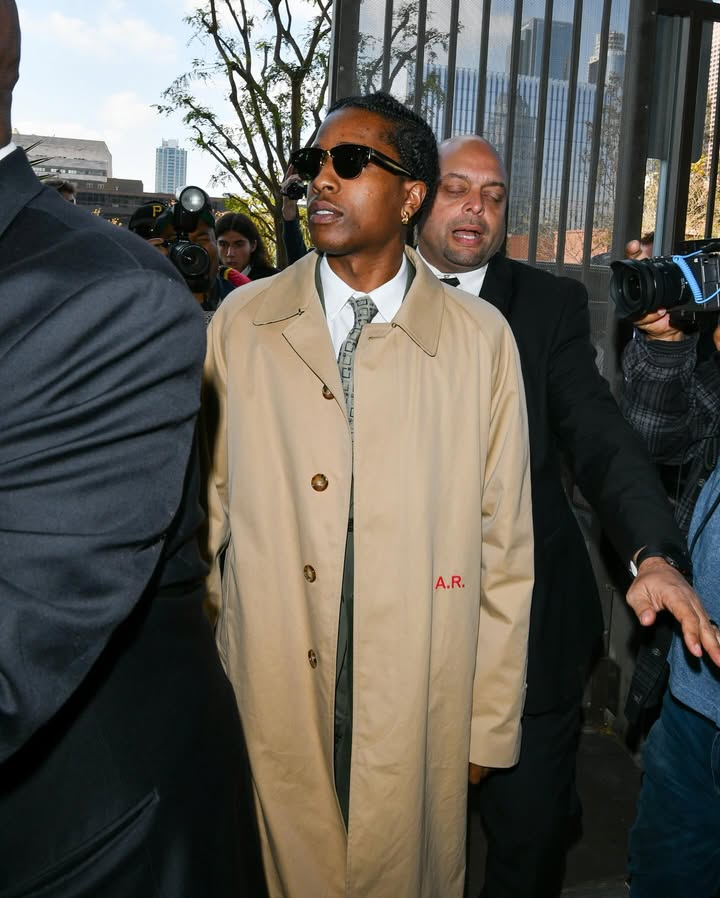
Inspiration and “Walking Look-books”: Friends and family can act as “walking look-books,” showcasing new outfit combinations or trends that inspire others to try them. If someone in your circle successfully pulls off a new street style, it can give you the confidence to experiment with similar looks. This informal exchange of fashion ideas is a powerful driver of trends within personal networks.
Intergenerational Connection: Street style, particularly streetwear, can foster intergenerational connections through nostalgic elements that spark conversations across age groups. This can be seen in younger generations adopting styles reminiscent of their parents’ or grandparents’ youth, leading to shared experiences and understanding.
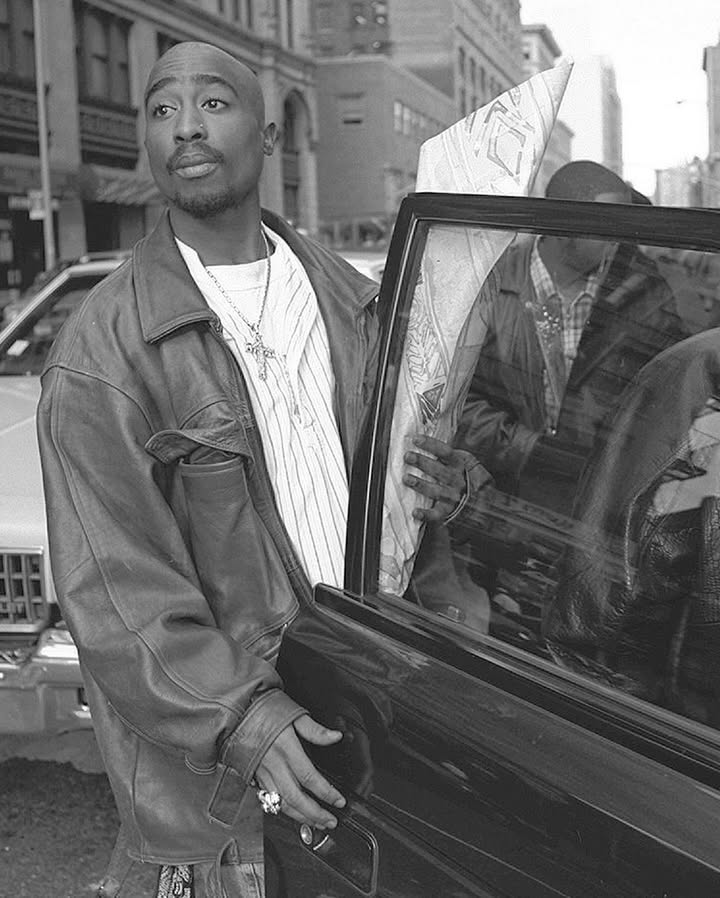
Individual Styling Streetwear Ideas
Styling Tip: Focus on one or two statement pieces and let them shine. Balance loud graphics with more neutral basics. Authenticity and knowing the backstory of the brands are key.
far from being just a fleeting trend, offers a compelling blend of benefits for individuals of all ages and walks of life. Here’s a summary of how it serves everyone:
At its core, streetwear prioritizes comfort and practicality. Born from subcultures and everyday life, it champions relaxed fits, durable fabrics, and versatile pieces like hoodies, joggers, and sneakers. This emphasis on ease of movement and wearable clothing makes it incredibly appealing for daily activities, whether you’re commuting, running errands, or simply relaxing.

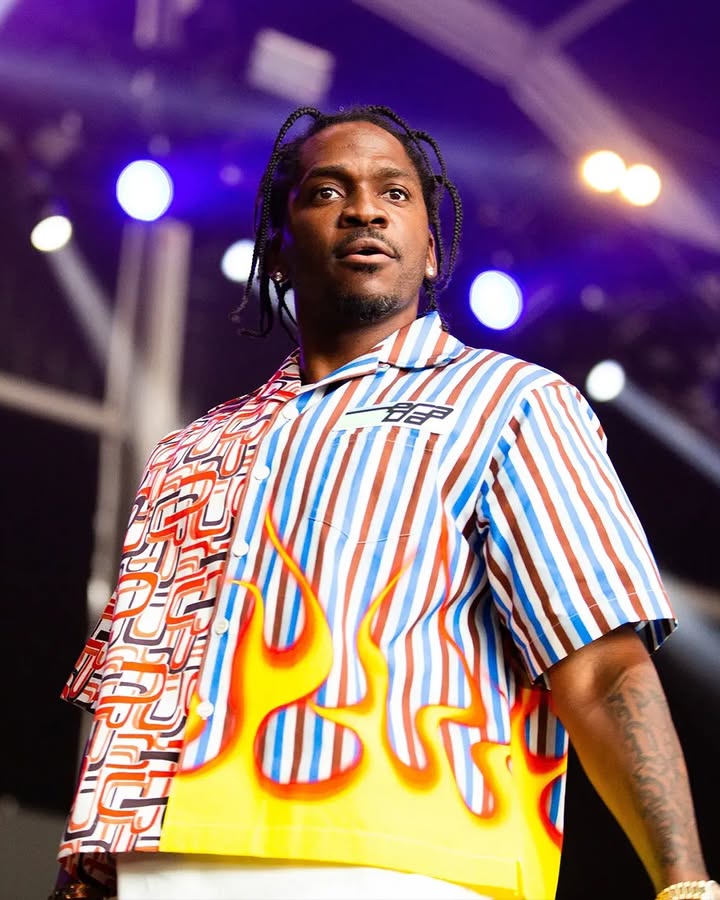
Beyond comfort, streetwear is a powerful tool for self-expression and identity. It allows individuals to curate a look that reflects their personality, interests, and affiliations. From graphic tees that shout out a favorite band or artist, to limited-edition sneakers that signify a passion for collecting, streetwear provides a canvas for personal storytelling. This freedom from traditional fashion constraints encourages creativity and authenticity in dressing.
Furthermore, streetwear is inherently dynamic and democratic. It’s constantly evolving, influenced by global trends, social media, and cultural shifts, making it accessible to a wide audience. Its adaptability means it can be dressed up or down, integrated with other styles, and modified to suit individual preferences, making it a versatile addition to any wardrobe. The emphasis on individual interpretation means there’s no single “right” way to wear it, encouraging personal exploration and confidence in one’s style choices.
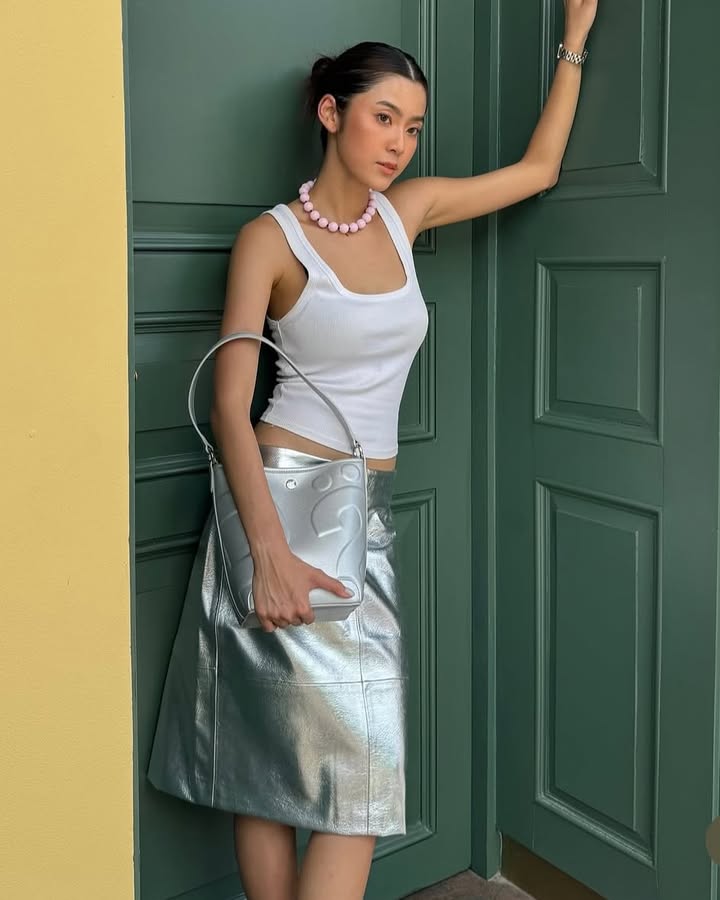
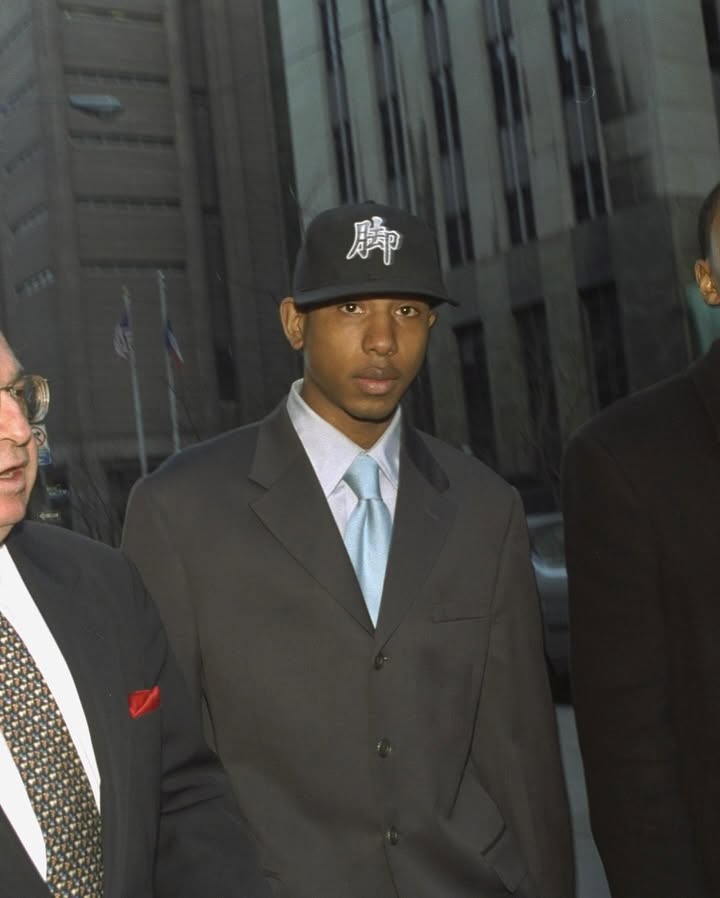
streetwear offers a liberating and empowering approach to dressing. It’s a style that champions comfort, individuality, connection, and adaptability, making it genuinely beneficial for everyone looking to express themselves authentically and comfortably in the modern world.
